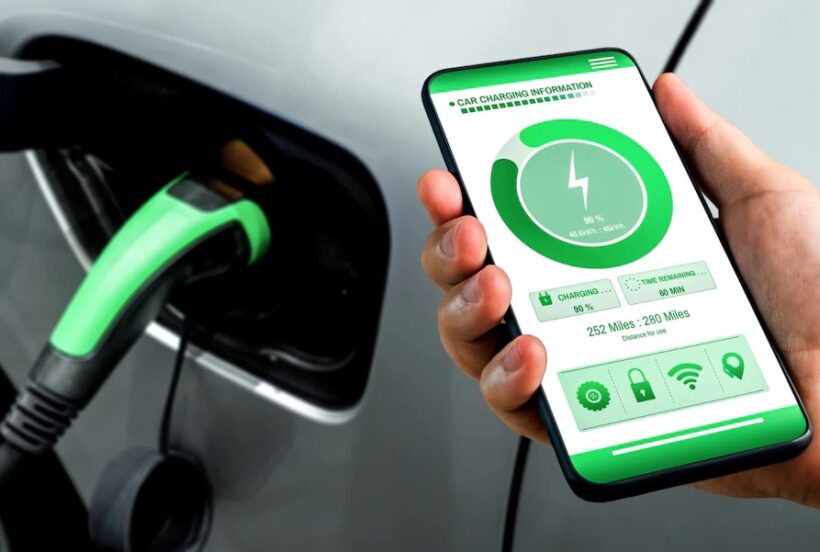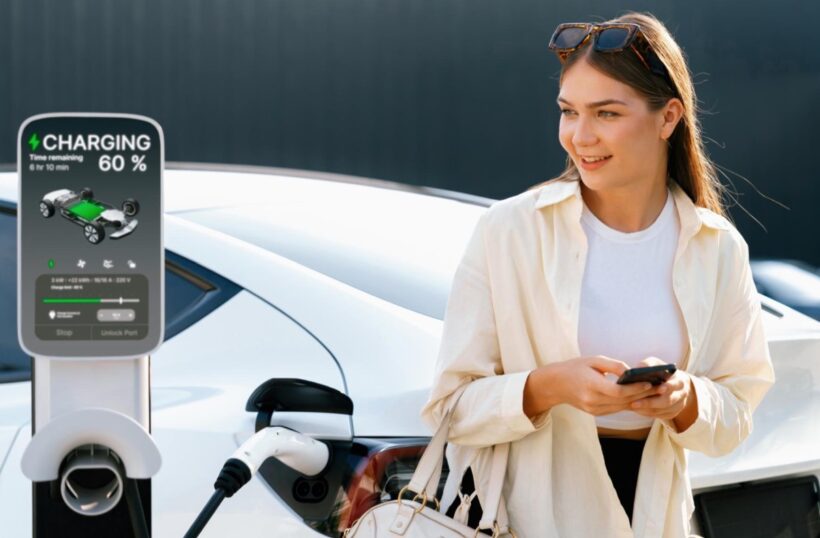In the swiftly evolving industry of green transportation, electric vehicles (EVs) are no longer just a glimpse into the future; they are a vibrant reality of the present. As the world shifts gears towards more sustainable and eco-friendly modes of travel, the spotlight shines brightly on electric cars and, by extension, the infrastructure that supports them.
Central to this infrastructure is the convenience offered by EV charging apps, a technological marvel that is simplifying the lives of owners globally. These applications represent more than just a tool; they are the bridge connecting drivers to a network of stations, ensuring that the transition from fossil fuels to electric power is not just feasible but also user-friendly. Let’s explore these interesting apps to see how they’re changing the daily routine of drivers and making strides toward a greener future.
The Problem with Transitioning to Electric Cars
In the early days of EVs, charging was a primary concern for potential owners, with limited options often deterring the transition from conventional fuel-powered vehicles. Initially, it was a time-consuming process tethered to just a handful of stations, usually inconveniently located. This scenario posed a challenge: How do you make EVs as convenient as, if not more than, traditional cars?
The answer lies in technology and infrastructure development. Gradually, the charging process has become faster and the infrastructure more widespread, with public, private, and workplace stations emerging in greater numbers. However, the real game-changer has been the advent of sophisticated apps. These applications are not mere digital tools; they represent a paradigm shift in how EV owners interact with the charging ecosystem.
The transition from traditional fuel to electricity needed a catalyst, and charging apps have been just that. By providing their service, these applications have effectively addressed the initial apprehensions about electric cars. They have transformed the process from a perceived inconvenience into a seamless part of daily life for green drivers.
The Emergence of Charging Apps
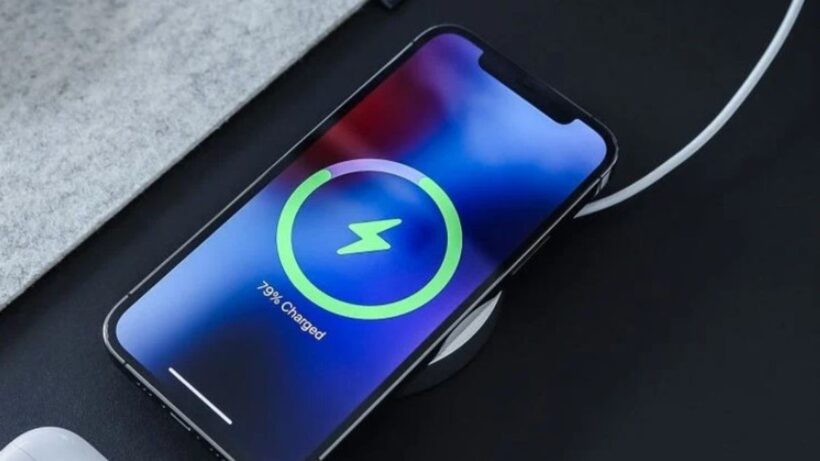
At the core of this transformation is the user experience. Initially, the limited visibility of available charging stations and the uncertainty around their availability posed significant challenges for drivers. Apps stepped in to fill this void, offering real-time data and a level of convenience previously unattainable. They provide a comprehensive overview of networks, allowing users to locate the nearest points, check their availability, and even reserve a spot in advance. This feature has been a game-changer, effectively dispelling the ‘range anxiety’ that once plagued EV owners.
Furthermore, these apps have gone beyond mere location services. They integrate various functionalities like payment processing, providing details about speeds, and even offering tailored recommendations based on the user’s vehicle type and charging habits. This integration exemplifies how technology can simplify complex processes, making EVs not just accessible but also user-friendly.
The success of charging apps is not just in their functionality but in how they symbolise the shift towards a more interconnected and digital approach to vehicle management. They represent a key element in the smart mobility ecosystem, where convenience, efficiency, and sustainability converge. By seamlessly tying into the broader narrative of EV adoption and technological innovation, these applications are not just tools but catalysts, driving a significant shift in consumer behaviour and perceptions towards electric vehicles.
Key Features of Charging Apps
The surge in the adoption of applications is not just due to their emergence but significantly due to the array of utilities they offer. Below are a few of the features you can expect from the best EV charging app, like Bonnet.
Real-Time Availability and Navigation
One of the most crucial features of these apps is the ability to show the real-time availability of charging stations. Users can view the status of a station – whether it’s occupied, available, or out of service – and even get directions to reach it.
Scheduling and Reservation
To further enhance convenience, many apps allow users to schedule their charging sessions or reserve a spot in advance. This is particularly useful in high-demand areas, ensuring that drivers have guaranteed access to a charging point when they need it.
Payment Integration
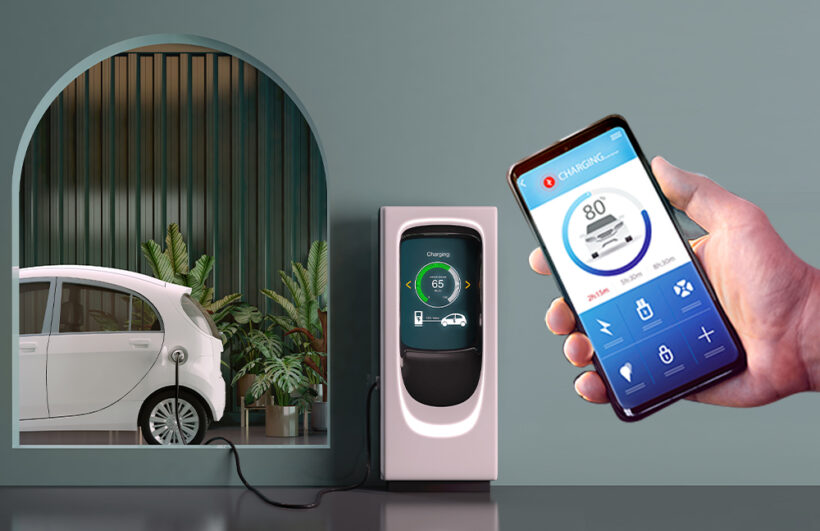
Charging apps have streamlined the payment process by integrating various payment methods. Users can pay for their session through the application, often with the option to preload funds or link a credit/debit card. This eliminates the need for physical transactions, making the process quicker and more convenient.
User Reviews and Ratings
To assist users in choosing the best charging stations, apps often include user reviews and ratings. This helps identify reliable and well-maintained points, ensuring a better overall experience for EV owners.
Personalisation
Recognising the diverse needs of drivers, these apps offer customisation options. Users can receive recommendations and information specific to their vehicle model, such as the type of charger needed, speed, and even the estimated charging time.
Challenges and Limitations
As you can see, apps offer plenty of utility to drivers, but they do come with some issues that might cause problems for some EV owners. Acknowledging these hurdles is crucial in understanding the pros and cons of this technology. Below are a few concerns you might experience while using these applications.
Standardisation Issues
One of the primary challenges is the issue of compatibility. With a variety of EV models and charging standards in the market, not all apps are compatible with every vehicle or station. This can sometimes lead to frustration for users who may find certain stations incompatible with their specific app or car model.
Coverage Limitations
Although the network of stations is rapidly expanding, there are still areas, particularly in rural or less developed regions, where coverage is sparse. Users in these areas may find it challenging to rely solely on app-based charging solutions due to limited station availability.
Reliability Concerns
Like any technology, these apps are prone to technical glitches and errors. Issues such as inaccurate real-time data, crashes, or payment processing problems can detract from the user experience and pose significant inconveniences.
Cybersecurity Risks
As with any digital platform that handles personal and payment information, there is a risk of cybersecurity breaches. Ensuring the security and privacy of user data is a constant challenge for app developers.
Dependence on the Internet
The effectiveness of these applications is largely dependent on Internet connectivity. In areas with poor or no service, accessing the app’s features becomes a challenge, potentially leaving users without access to essential charging information.
Despite these challenges, the trajectory of EV charging apps remains overwhelmingly positive. Each limitation presents an opportunity for technological advancement and innovation. For instance, efforts are being made towards standardisation and improving coverage, while cybersecurity and reliability continue to be key focuses for developers. As the technology matures, it is expected that many of these challenges will be mitigated, further solidifying the role of charging apps in the EV ecosystem.
Final Thoughts
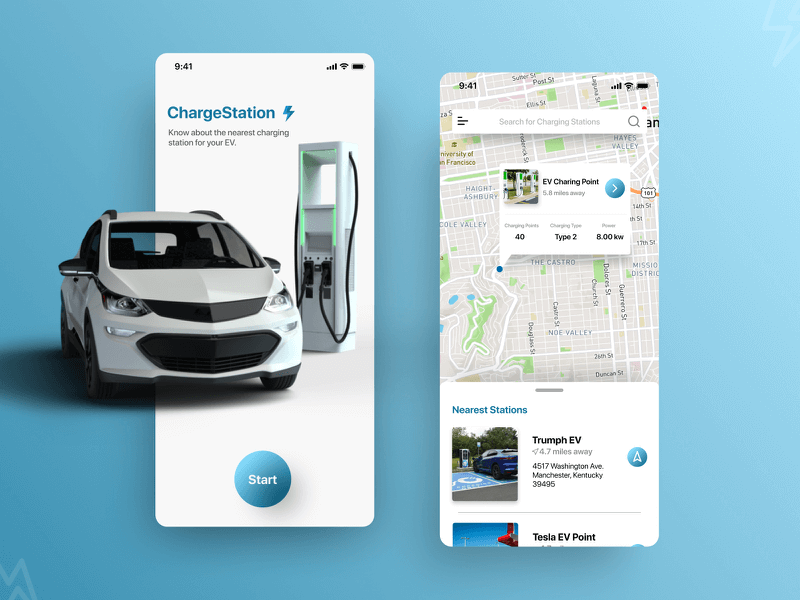
Electric car charging apps have revolutionised how we look at EVs, offering unprecedented convenience and efficiency. While they face challenges like compatibility and coverage, their benefits in enhancing user experience and promoting sustainable transport are undeniable. As this technology evolves, it promises to further ease the transition to electric mobility.

